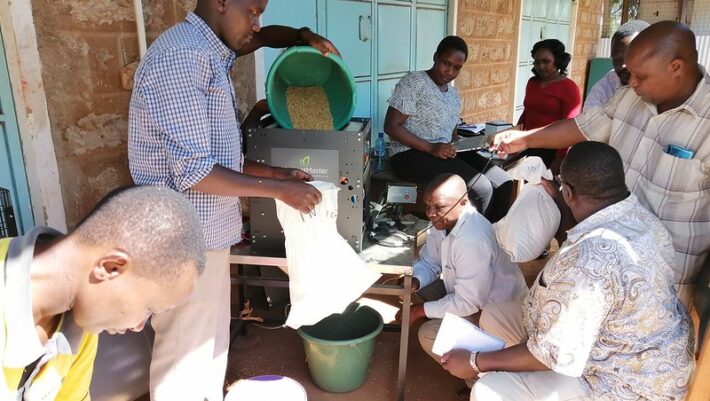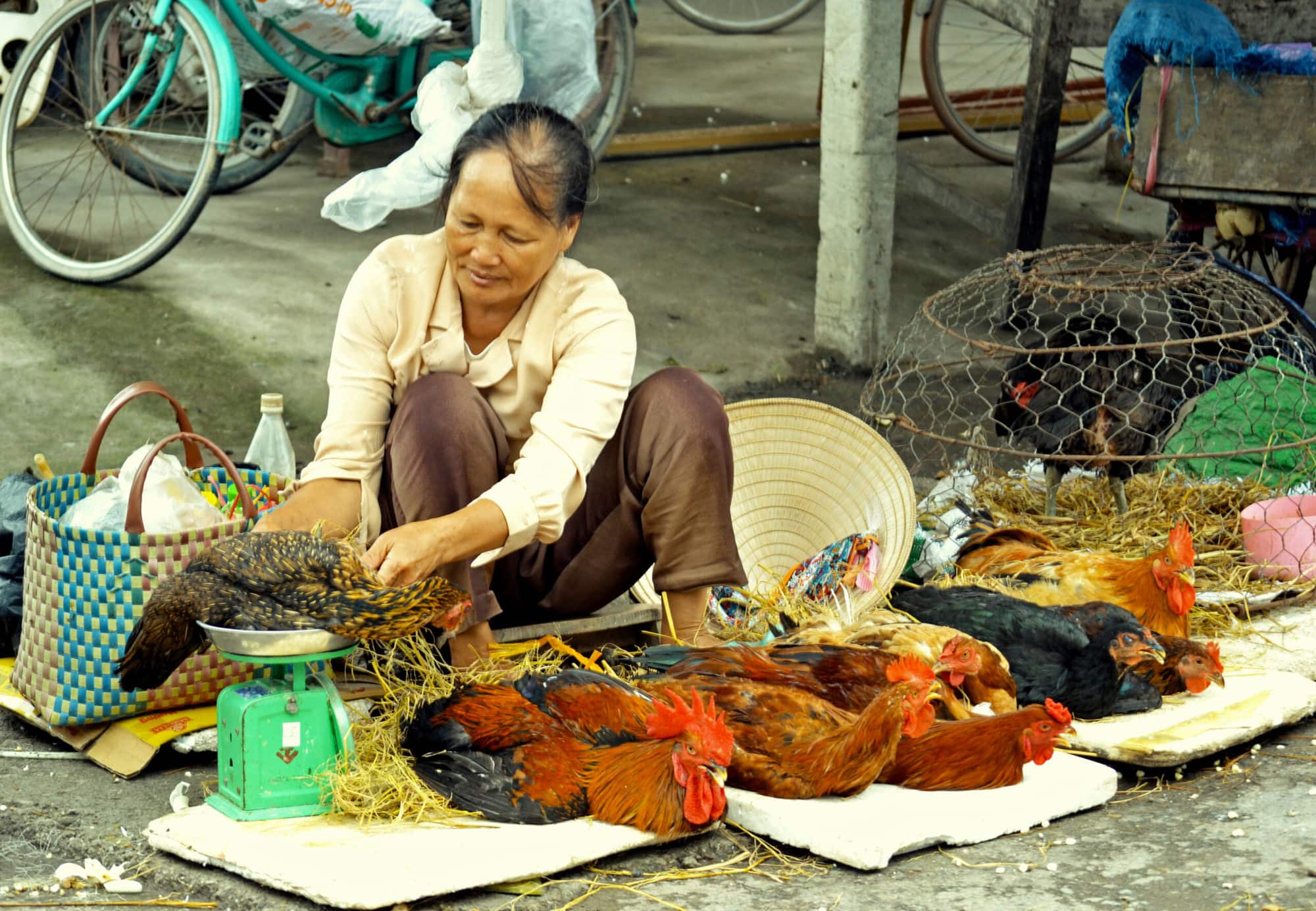The importance of market signals in crop varietal development: Lessons from Komboka rice variety
- From
-
Published on
19.09.22
- Impact Area

In Kenya, Komboka can enhance food and nutrition security by increasing local rice production which will, in turn, contribute to a reduction of rice imports in the country. Its wide adaptability in both irrigated and rainfed lowland ecologies can lead to expansion in rice-growing areas that are currently not being cultivated. This paper discusses the factors that may be indicative of farmers’ perception and preference for modern rice varieties, focusing on Komboka as a case study. It is hypothesized that farmers’ perceptions of varietal quality could affect preferences for improved cultivars that may in turn bolster commercialization.
In Kenya, most middle-class consumers prefer aromatic rice varieties, which come at a premium market price. However, most lower-income households and local institutions with mass numbers consume imported rice as it is cheaper compared to the aromatic ‘pure pishori’ rice. For example, while the higher quality Mwea rice retails for a higher price of USD 1.20 to 1.80, Pakistan-imported rice retails USD 0.9 to 1.10
This gap for imported rice consumption can be filled by Komboka, which is high yielding (6.5 to 7.0 t/ha), semi-aromatic, medium slender, and translucent grain with intermediate plant height which makes it resistant to lodging. Cultivation of high-yielding semi-aromatic
Komboka can enhance food and nutrition security by increasing local rice production which will, in turn, contribute to a reduction of rice imports in the country. Its wide adaptability in both irrigated and rainfed lowland ecologies can lead to expansion in rice-growing areas that are currently not being cultivated. However, the rice seed replacement rate is very low and sometimes no data on seed access is available.
Related news
-

Australia partners with International Livestock Research Institute to upskill researchers from Africa and Asia
International Livestock Research Institute (ILRI)13.11.25-
Food security
-
Poverty reduction, livelihoods & jobs
Australia has joined forces with the International Livestock Research Institute (ILRI) to support th…
Read more -
-

A decade of academic and research partnership advances One Health in Vietnam
International Livestock Research Institute (ILRI)13.11.25-
Health
In northern Vietnam, Thai Nguyen province has become one of the most active hubs for…
Read more -
-

Accelerating wheat breeding, from Toluca in Mexico to the world
CGIAR Initiative on Breeding Resources12.11.25-
Climate adaptation & mitigation
-
Nutrition, health & food security
In Mexico, a project has been completed to develop new elite parental lines of wheat…
Read more -
